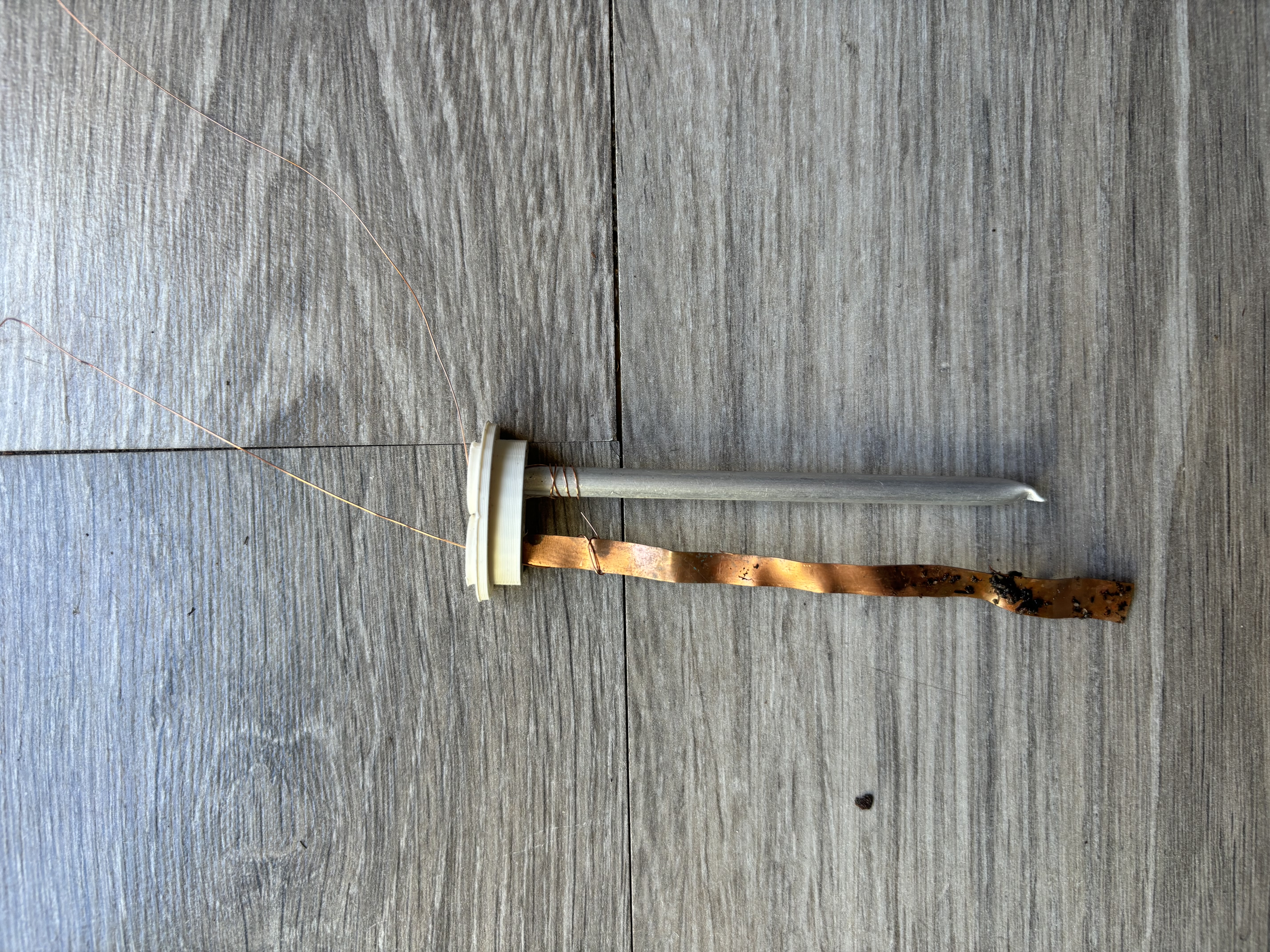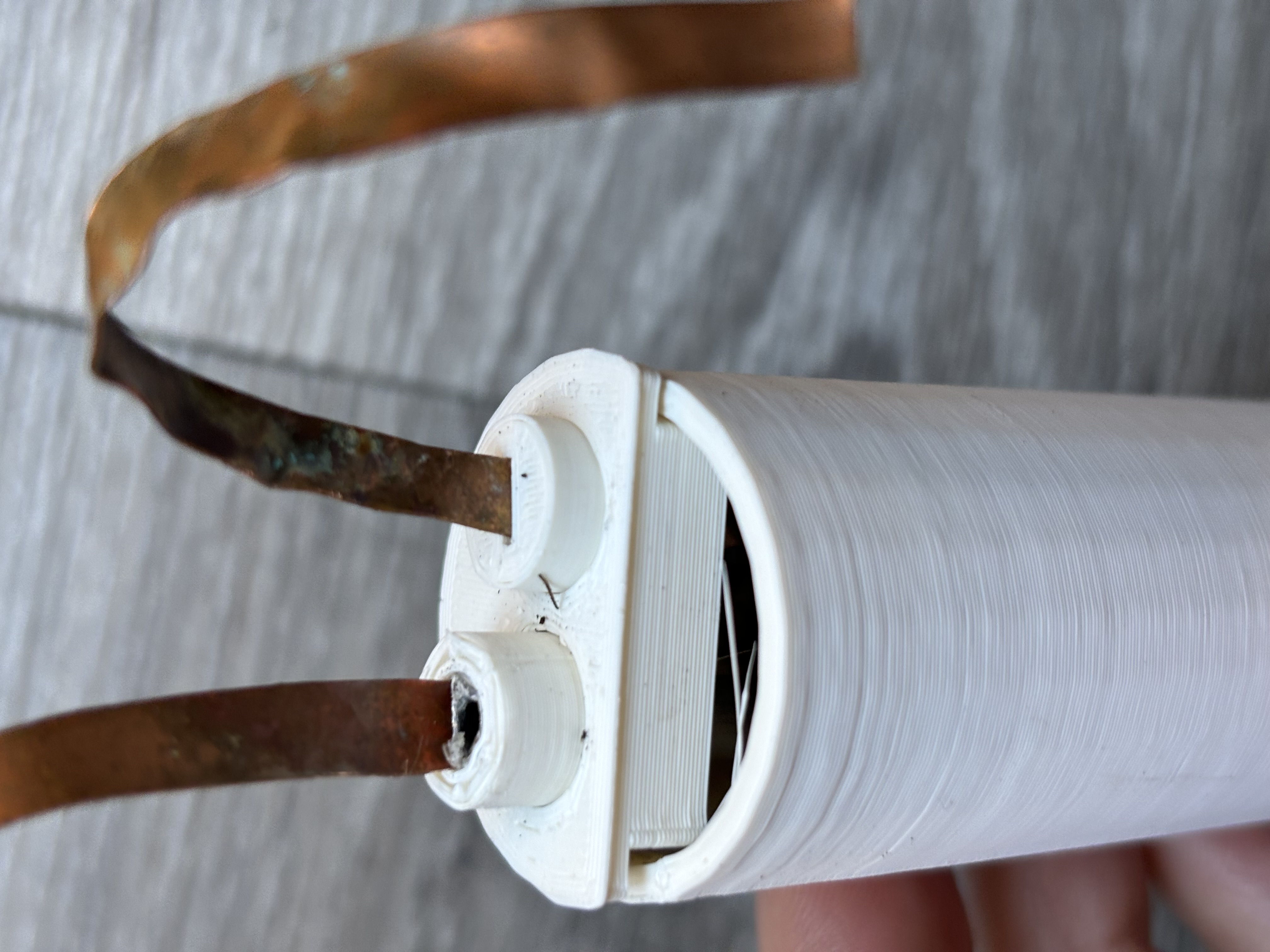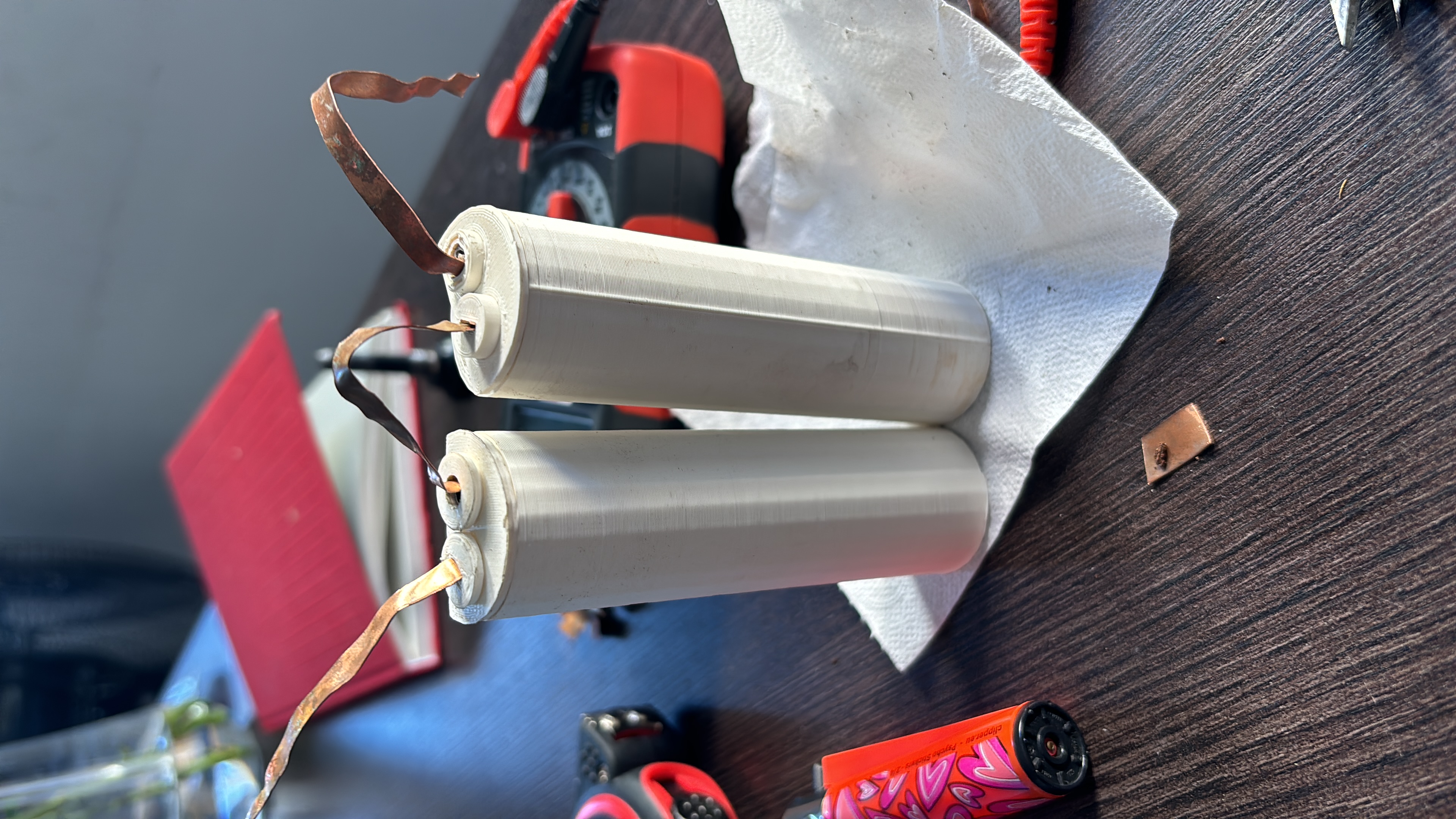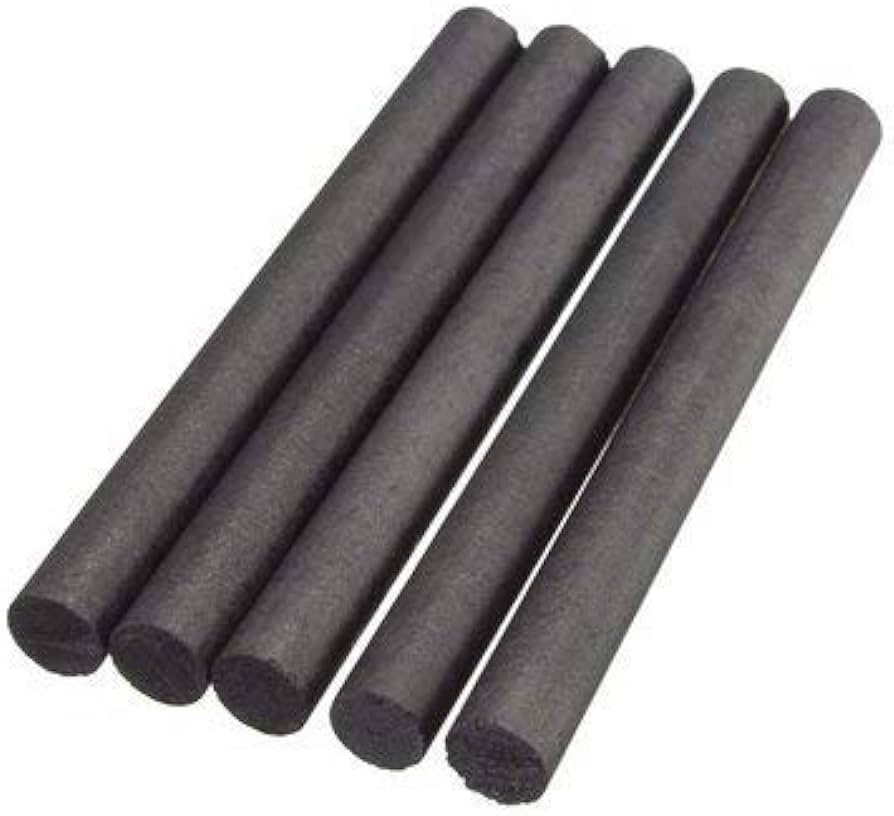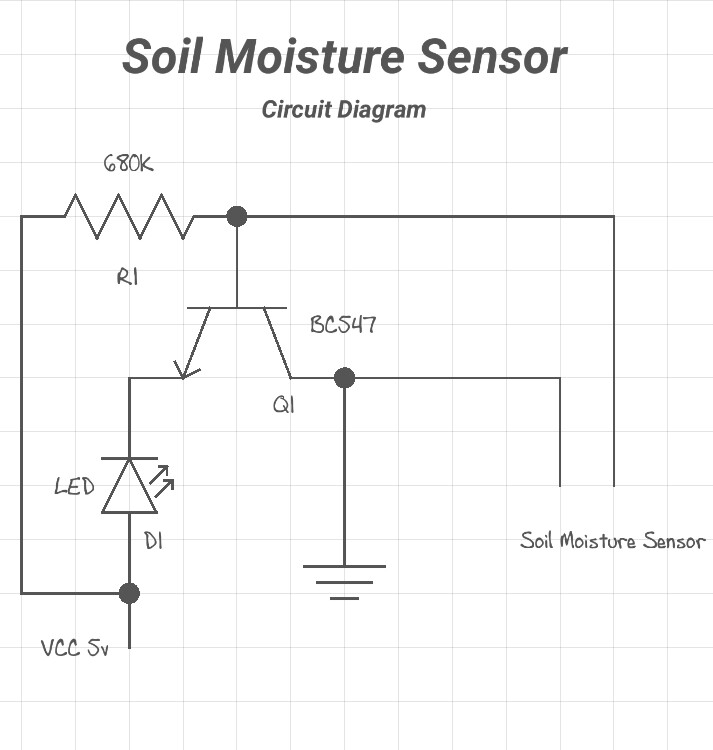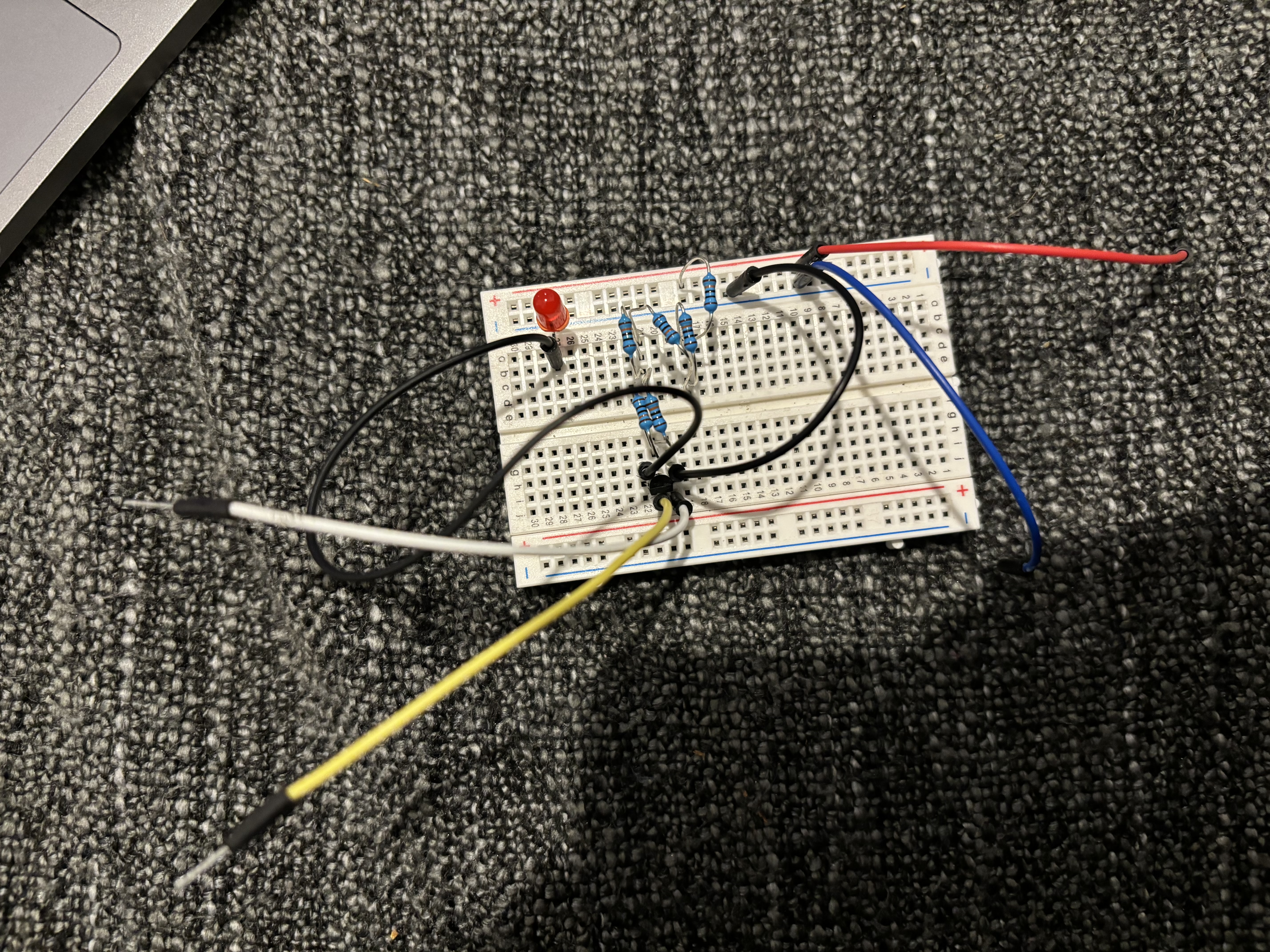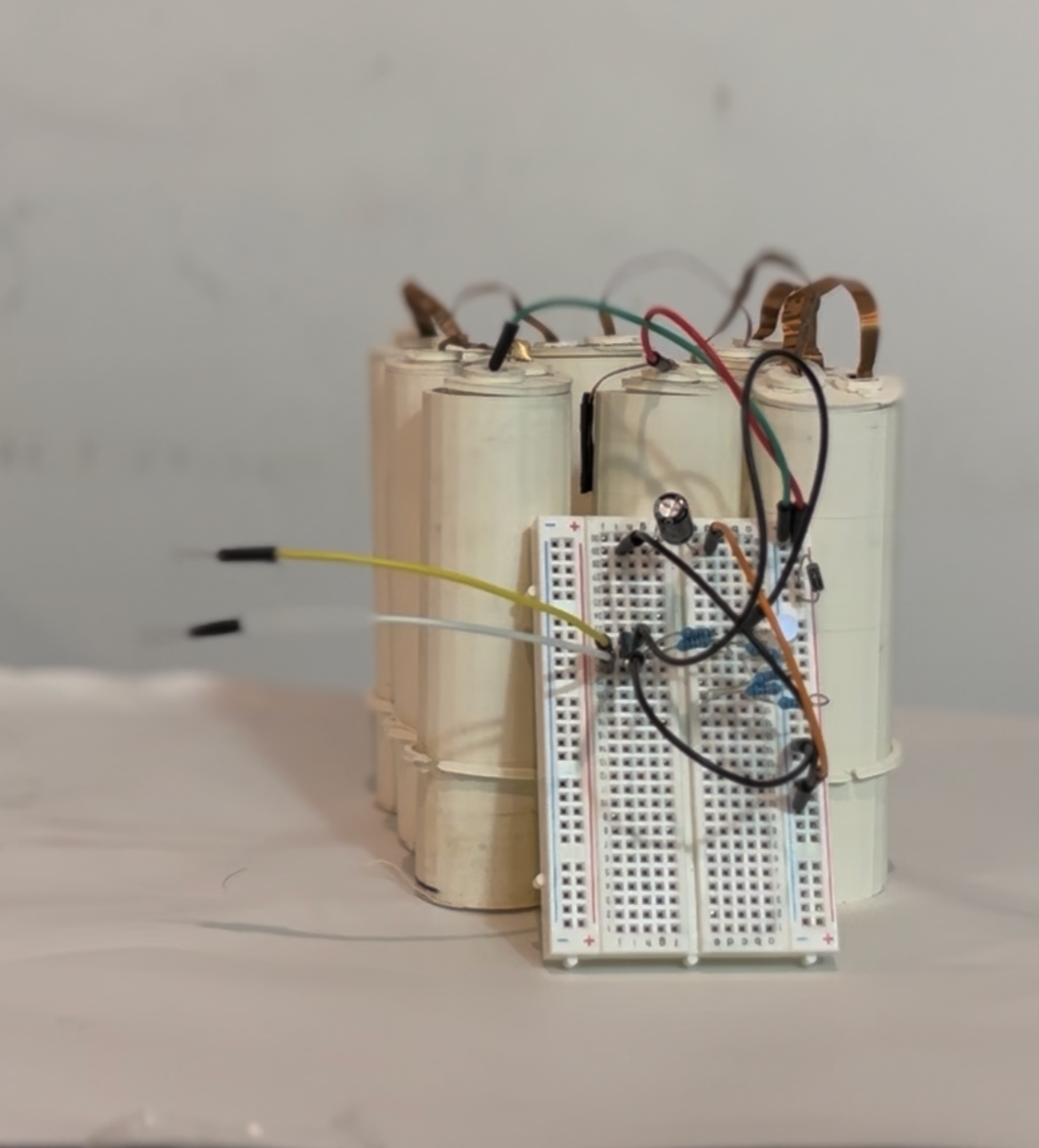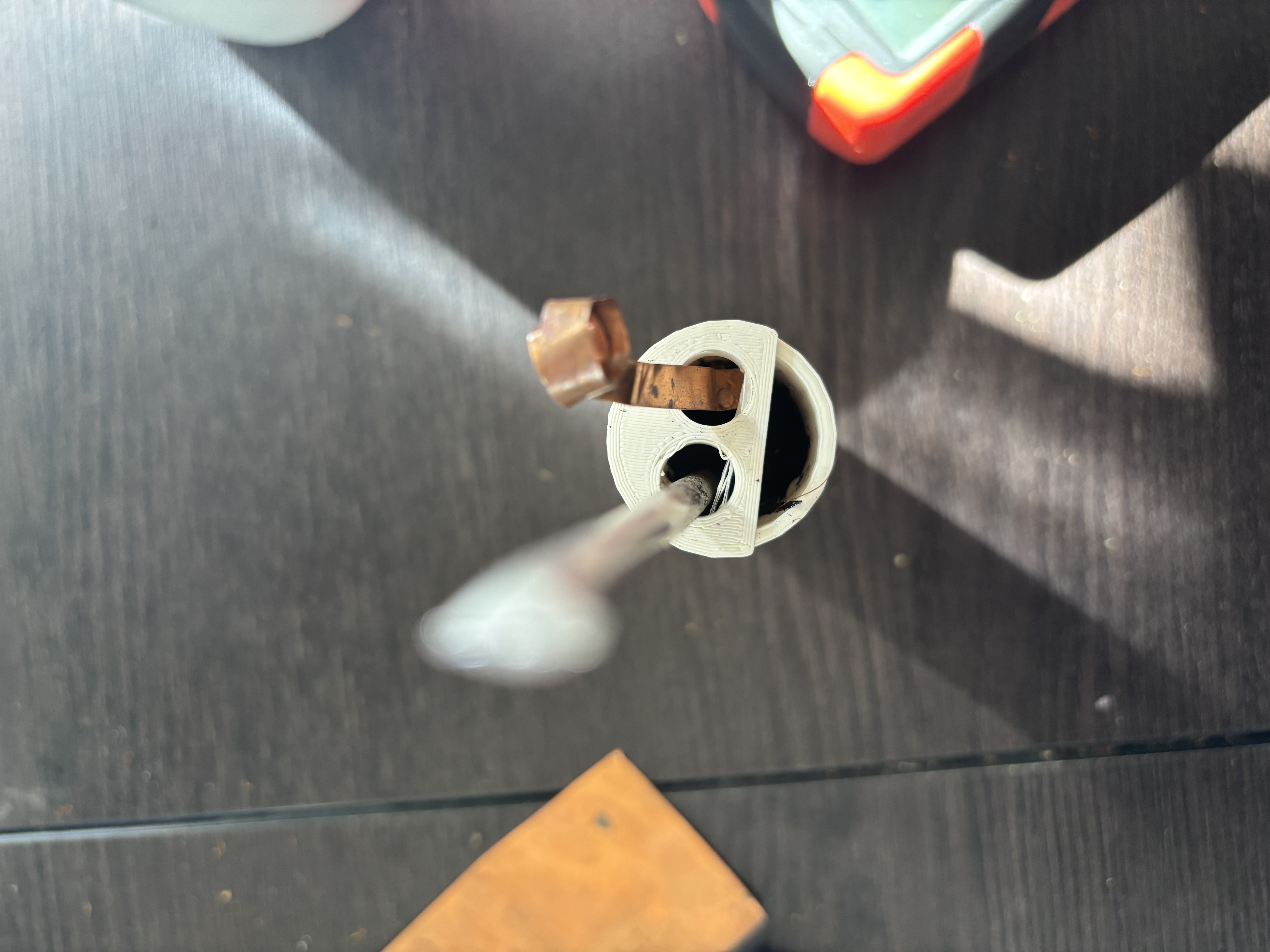Reflection
During the second term, I found a fun way to interact and understand further how bacteria function in a specific environment, bacterial activity from soil that generate a small amount of power. I thought that it could be a fun way to learn about bacterial activity, electricity, components and the responsibility with working with creatures that are invisible to the human eye. Being aware of the low-power generated, I still found a lot of research valuing the potential of low-power systems and I didn´t see it as an obstacle, as overall, my main goal wasn't optimising the system, I'm not an engineer. I just want to see if we can create systems of symbiosis that could benefit non-humans and humans, while exploring our relationships and collaborating with tiny tiny organism. So from this idea, I researched on ways to care and benefit the colony of bacteria. Therefore, the soil-powered humidity sensor is an attempt at describing this relationship of care between human-bacteria-machine.
If you're asking yourself: does the soil battery turn off when the soil is dry, so the humidity sensor doesn't work? From my tests, the soil has to be incredibly dry for now voltage to pass through. Meaning the soil humidity sensor would stay ON a long time before actually not working anymore. But plz don't believe this is as accurate as a soil humidity sensor on the market, this intervention is purely experimental and doesn't look for accuracy. :)
The artifact:
LED is turned on when soil is not humid and deprives colony of bacteria from thriving. When water is poured, LED turns off and colony can continue to expand.
What I looked for in this intervention, was being able to send this video depicting my main ideas for this research to my communities of interest. Having a prototype that expresses my ideas helps me interact on a human level.
